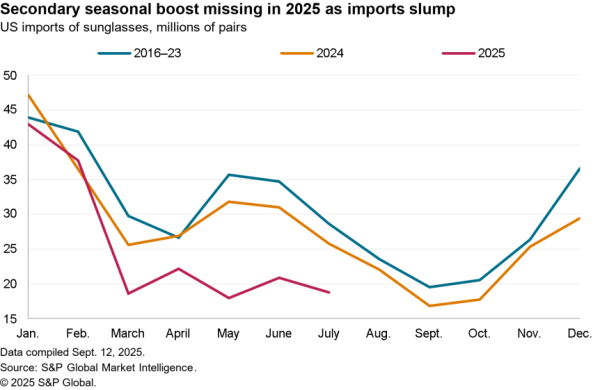The spread of COVID-19 coronavirus took an unexpected turn in the past week after a redefinition of case assessment led to a jump in apparent cases, Reuters reports. The bulk of the outbreak remains in China – our analysis of Johns Hopkins University data shows 99.1% of cases have been found there.
As outlined in Panjiva’s research of Jan. 28, that’s due to the cluster of industries in Hubei province, the just in time nature of their supply chains, and the complexity of product requirements. Nissan Motor Kyushu’s plant has been halted due to parts shortage, Nikkei reports, disrupting exports of the Rogue SUV to the U.S. market.
The disruptions come as Japanese exports by the big seven automakers fell by 7.6% year over year in December. That meant exports in Q4 fell by 3.0%. The drop was led by a 56.5% slump from Honda while Toyota and Nissan posted increases of 9.0% and 4.0% respectively. Nissan may be past its peak though as there was a 10.8% slide in December compared to a year earlier.

Source: Panjiva
The loss of export potential also comes as U.S. auto sales inched 0.2% lower year over year in January, Panjiva’s analysis of official data showed, led by a 2.6% slide in foreign vehicle sales.
The latter had already slumped 3.5% lower in Q4. Imports of vehicles fell by 5.8% year over year in Q4 and by 5.7% in December, Panjiva data shows, suggesting automakers were not expecting a recovery. Shipments from Japan have already underperformed with an 8.4% slide in December and by 6.8% in Q4.

Source: Panjiva
It’s not just Japanese manufacturers that are struggling through. Bloomberg reports that Tata Motors has had to suspend manufacturing at Jaguar Land Rover’s factory in Changshu, China as a result of the outbreak. That may choke off an expansion in JLR’s exports to the U.S. if problems propagate across its supply chain.
Panjiva’s seaborne shipping data shows U.S. imports linked to Jaguar Land Rover climbed by 24.3% year over year in January after a 7.7% expansion in Q4. Nissan meanwhile saw a drop of 9.2% in January, continuing a decline seen in Q4.

Source: Panjiva




